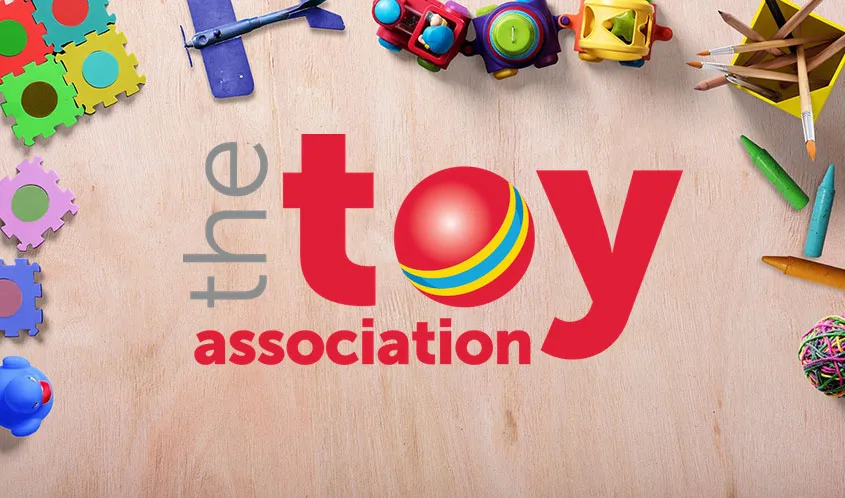How can toy companies create products that truly prepare kids for careers in science, technology, engineering and math? According to a new study, “STEM/STEAM Formula for Success,” released today by The Toy Association, great STEM/STEAM (with the “A” representing arts) toys encourage open-ended play and trial-and-error exploration, teach problem-solving, and allow children to lead the play experience, among other attributes.
“The Toy Association’s latest report is the second phase of our multi-year initiative to bring more clarity to the topics of STEM and STEAM, and the central role of toys and play in advancing science- and math-based skills in children,” says Ken Seiter, executive vice president of marketing communications at The Toy Association. “The Association is proud to be at the forefront of this important discussion with new research-based guidelines to help companies develop and market STEM/STEAM products that enhance kids’ learning and provide support to parents looking to foster these skills.”
The report provides:
- 14 unifying characteristics of STEM/STEAM toys, based on in-depth interviews with toy experts;
- Insights from a survey of 2,000 parents who shared their perspectives on STEM/STEAM careers and toys as they relate to their children;
- Examples of enriching STEM/STEAM toys garnered from input from more than 100 Toy Association member companies; and
- A worksheet that can be used as a framework when evaluating toys and games.
“Our research indicates that 67 percent of parents believe that STEM/STEAM-focused toys are the primary way to encourage science and math development in young children,” Seiter added. “We have now identified best practices toy companies can follow to create these toys and that parents can use as a guide when selecting them for their kids.”
“STEM/STEAM Formula for Success” complements The Toy Association’s previous report, “Decoding STEM/STEAM, ” completed in 2018. The first study shed light on the meaning of and history of STEM/STEAM education, highlighted challenges, stigmas, and myths related to STEM/STEAM learning, and defined the role of toys in STEAM/STEAM education.
The full reports are available at ToyAssociation.org/ReadingRoom.

